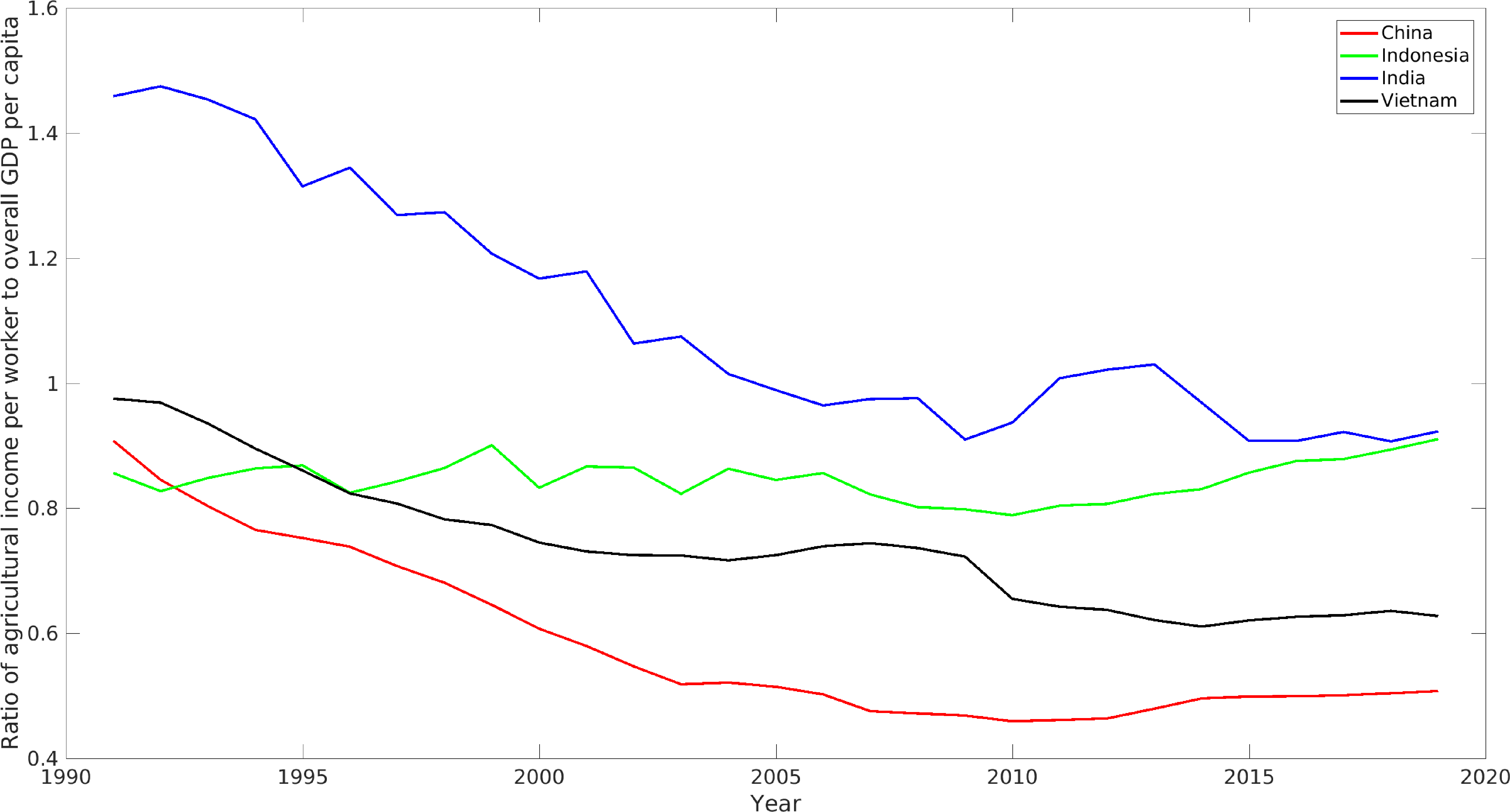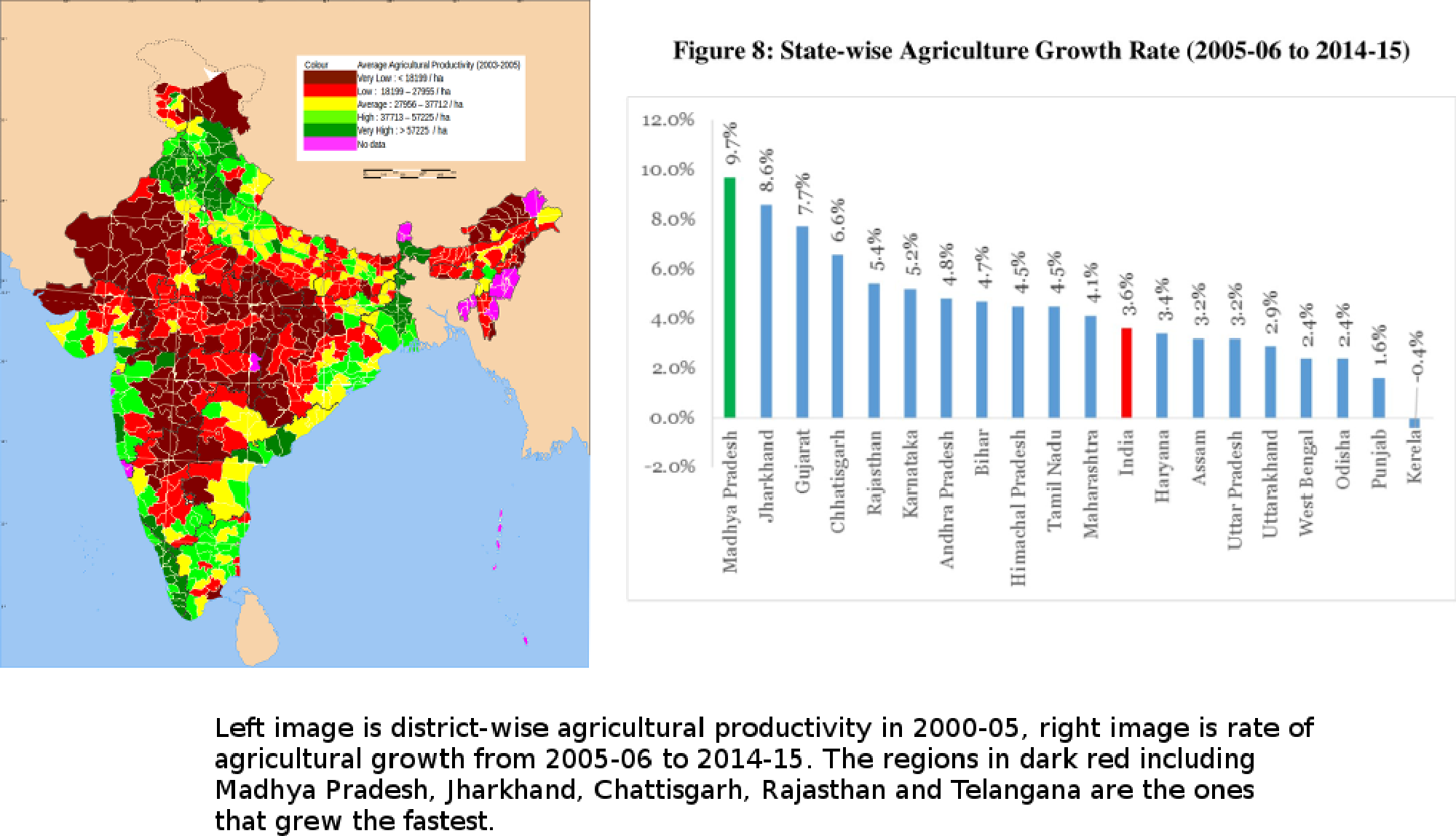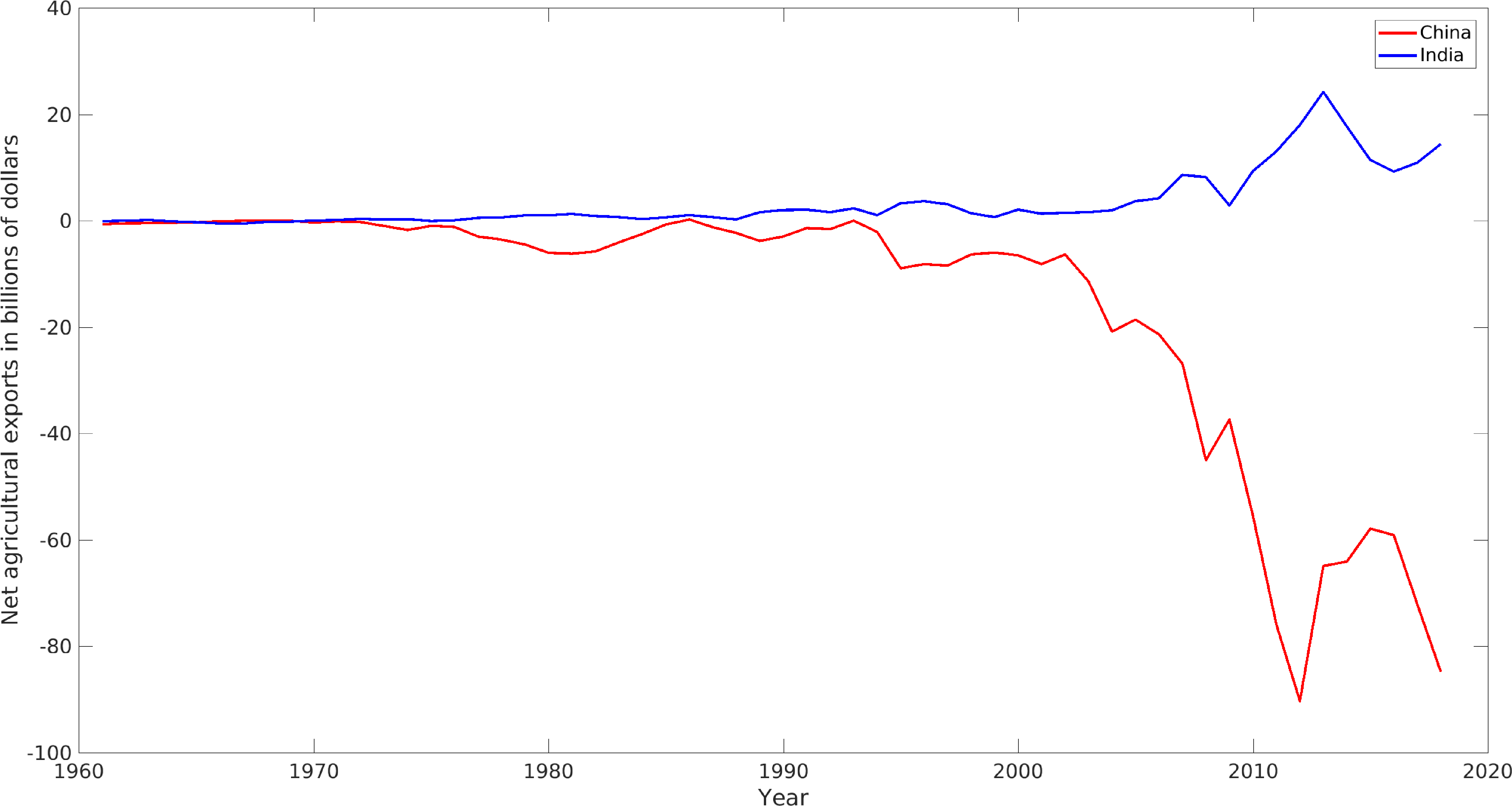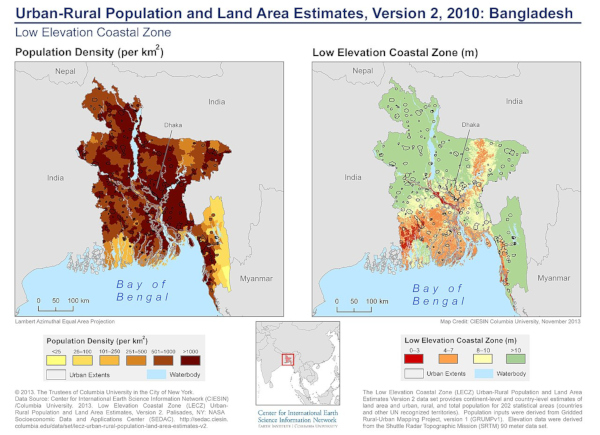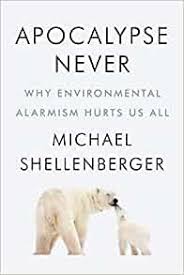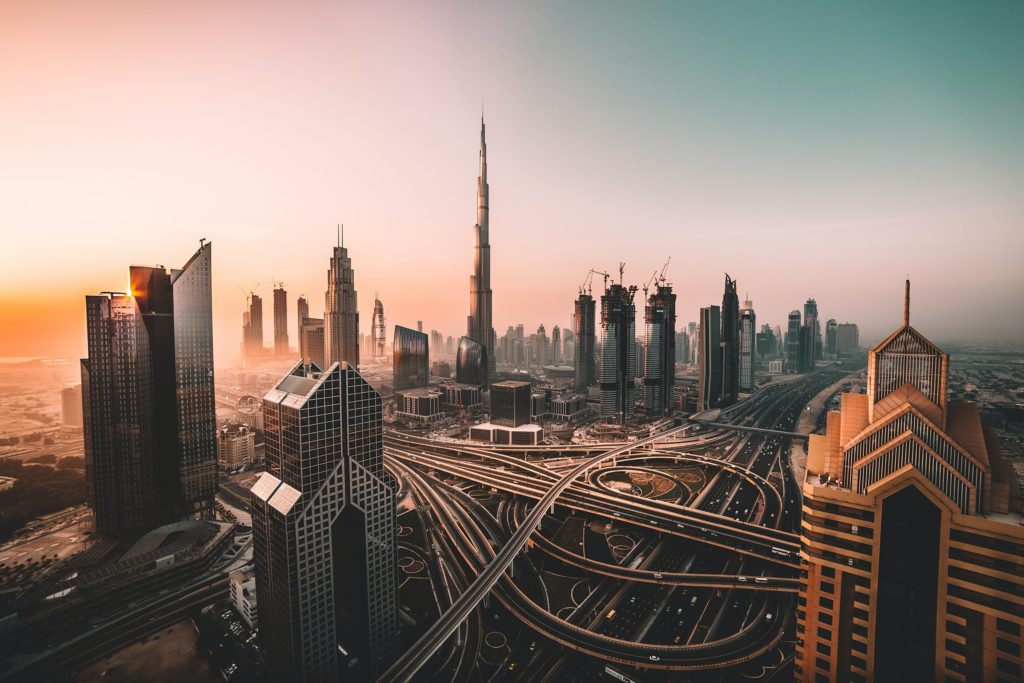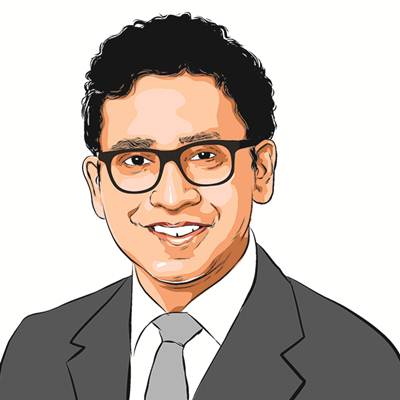https://brownpundits.libsyn.com/teaching-in-the-time-of-covid-19
https://podcasts.apple.com/us/podcast/teaching-in-the-time-of-covid-19/id1439007022?i=1000512866865
https://www.stitcher.com/show/brown-pundits-podcast/episode/teaching-in-the-time-of-covid-19-82364378
COVID-19 is wreaking havoc on the lives of young children, students, and youth. The disruption of societies and economies caused by the pandemic is aggravating the pre-existing global education crisis and is impacting education in unprecedented ways.
Brown Pundits- Shahada, a UK College Lecturer, discusses COVID-19 with Michelle Kerr, a Maths Teacher from California. They compare their experiences, concerns and impact.
Covid-19 has impacted on Education on so many levels and there are many parallels with society in general:
COVID-19 is having a negative impact on young people’s mental health. We are concerned that, with most young people not currently attending school and many young people not having access to resources and materials with which to learn, there will be a subsequent detrimental effect on both academic attainment and wellbeing. Exams have been cancelled in many states and here in the UK. This is having a negative impact on attendance and motivation.
The COVID-19 crisis is likely to have a long-lasting impact on young people’s mental health and the services that support them, including schools and children’s services. The Government must consider this throughout its emergency response and policies to recover from the crisis. Has COVID-19 highlighted pre-existing decline in mental health?
The impact, particularly on groups who are already disadvantaged, is likely to widen existing inequalities and to contribute to a rise in young people looking for mental health support. Is this a reflection and consequence of inequality in education?
Discussions touched upon the existence of hierarchy in education and its parallels in greater society? For instance, will deprived students disproportionately be disadvantaged? Ultimately is this a reflection of class privilege?
A controversial point discussed was weather Teachers have a professional responsibility to physically go into the classroom. Both expressed very different perspectives!
Its been argued that Standardised tests are not an accurate representation of a student’s abilities and they lack reliability. We touched upon the controversial issue of removing standardised testing in education. Weather standardised testing should be formally put to an end. Has the removal of standardised testing been accelerated as a consequence of COVID-19? Will this result in a lowering of standards and skills? And again which group will be disadvantaged and advantaged?
Time will tell, the true long term impact of COVID-19 on Education…….
